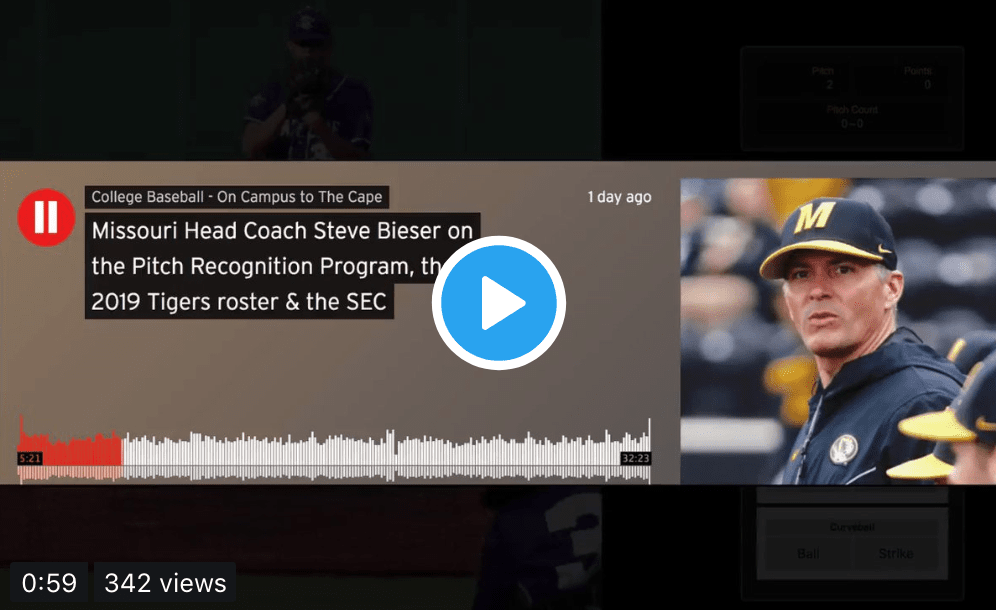Missouri Head Coach Steve Bieser on team's success using the gameSense Pitch Recognition Program. #pitchrecognition #baseballtraining #seetheballbetterhttps://t.co/YiSi4QlaK7 pic.twitter.com/kiiAEi6eR6
— gameSense Sports (@GameSenseSports) December 13, 2018
How often do we train the visual aspect of hitting a baseball?
Our gut says not that often.
Baseball training is constantly evolving.
We are now in the age of measuring metrics that have a direct link to peak performance.
We believe training pitch recognition and vision will be the next frontier in hitters leveraging opportunities to achieve peak performance at the plate.
And this is why top college programs and professional clubs are getting after it in the gS Pitch Recognition & Vision training app.
So that when the season comes, their refined swings and solid approach plays because they’re seeing the ball as well as they should be.
There are dozens of ways a hitter can throw away an at-bat.
-
Trying to do too much.
-
Not having a game plan.
-
Pulling pitches they shouldn’t be pulling.
-
Not competing with 100% confidence.
“Not seeing the ball well” does NOT have to EVER be a reason why a hitter underperforms at the plate.”
We get great at seeing the ball, then it’s about competing with some calmness and focus.
Need help with your pitch recognition & vision? Start a gS membership here >>
Pro & College Level Pitch Recogntion & Vision Training Sequences.



Speciality Pitch Recogntion & Vision Training Sequences.








 Begin your Pitch Recognition & Vision Training w/ 30% off an annual membership here!
Begin your Pitch Recognition & Vision Training w/ 30% off an annual membership here! Begin your Pitch Recognition & Vision Training for
Begin your Pitch Recognition & Vision Training for 


